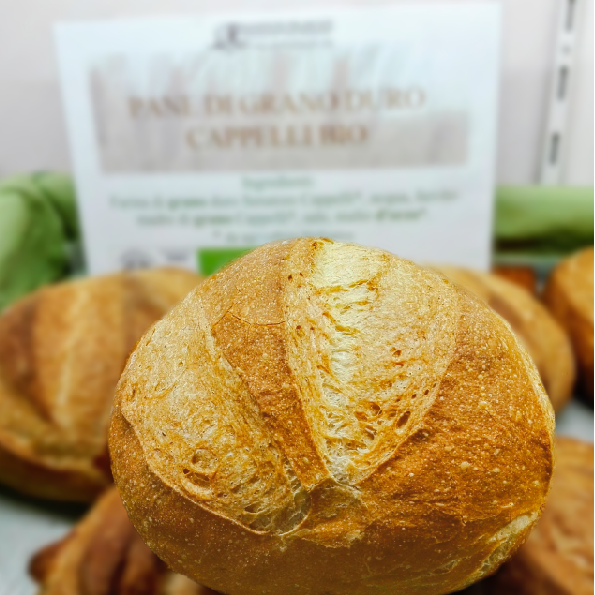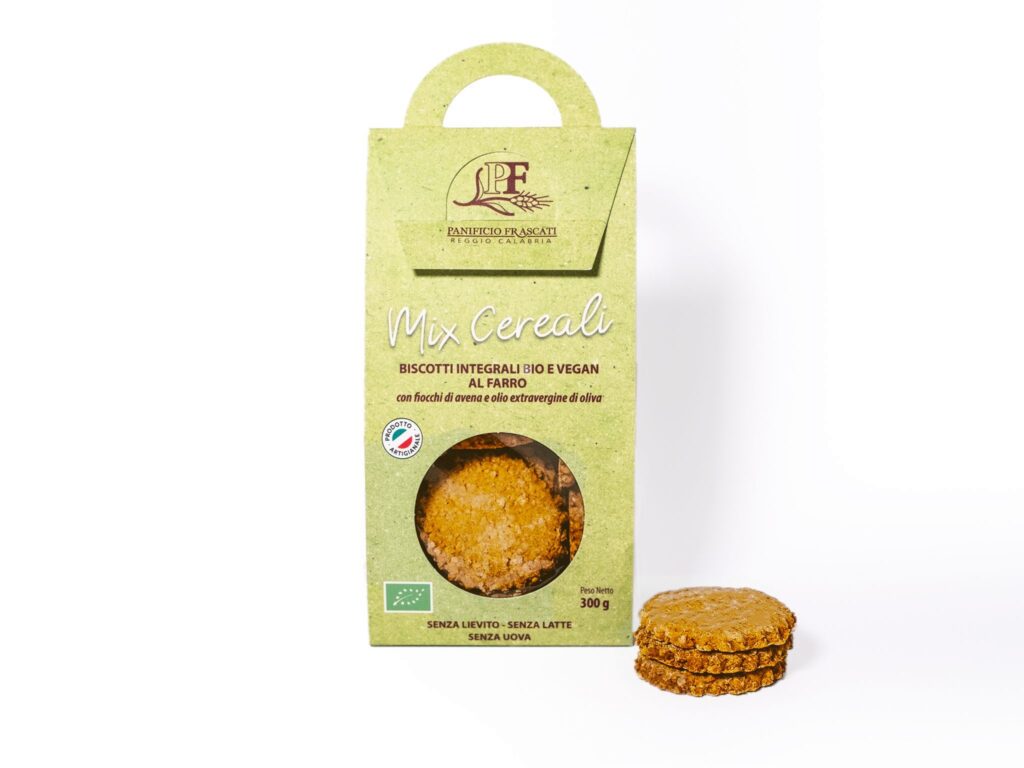
In the context of discussion on the enhancement of food and raw materials linked to the traditions and identity of territories, in recent years there has been much talk of the so-called “ancient grains”. Their rediscovery and use in the production of bread, pasta and biscuits has thus become a very topical and controversial topic, both among producers and consumers.
But what are ancient grains and what are their nutritional properties? Where are they grown? Why should they be preferred in the food industry?
We see it in this little excursus that we have prepared for the readers of our blog.
Guide to ancient grains:
What they are
Ancient grains are varieties of wheat cultivated until the first half of the twentieth century and today rediscovered by virtue of their original purity. Over the years, in fact, industrialisation has made it necessary to have more high performer grains, both in terms of yield in cultivation and in response to fertilisers, ease of harvesting and strength of the gluten contained in them (so that they can be processed more easily even in industrial processes). This has led man to select various types of wheat, also by intervening genetically on plants.
For grains now defined ancient this has not happened. Ancient grains are a category that includes both the ancient autochthonous varieties and those that have undergone human intervention but by using traditional techniques (crosses and genealogical selections, such as Senator Cappelli wheat).
This “purity” of ancient grains obviously also implies a lower yield in agriculture than modern grains and therefore a higher price.
On the other hand, however, the flours that are obtained guarantee genuine products and interesting nutritional properties: compared to the so-called “modern” grains, the ancient ones have for example longer processing times and are almost always stoneground, producing much less refined flours.
What varieties exist
Among the most famous ancient grains there is undoubtedly Kamut®, the commercial name of the ancient Khorasan wheat (native to Iran) cultivated in Canada. Italy also boasts its varieties and there are now more and more small companies setting up along the Italian peninsula trying to devote themselves to the cultivation of ancient grains such as Senator Cappelli (among the best known), Timilia, Russello, Farro monococco, Verna, Gentil Rosso, Rieti and Maiorca, just to name but a few.
In Calabria was set up a project for the construction and enhancement of a chain of cereals and ancient grains, promoted by Gal Kroton and Gal Sila, which will cover three varieties: Iermano, Verna and Senator Cappelli.
Selected for you: the ancient grains we use in our bakery
For our organic production of bread and biscuits we only use flour from ancient grains: a targeted choice to offer our customers genuine products, easily digestible and better tolerated even by those who usually have disorders related to the consumption of wheat (mind you, we are not referring to celiac disease: those who are celiac cannot take any type of gluten, be it derived from ancient or modern grains).
Among the ancient grains we use these varieties:
- KAMUT®
As we mentioned above, it is a real trademark related to Khorasan wheat. In our bakery we use organic Kamut flour made by Italian companies authorised to mill and market this wheat.
With Khorasan wheat flour branded Kamut, we produce in particular an organic bread made with a highly energetic sourdough, ideal for children, the elderly and sportsmen/women, organic and vegan water biscuits, biscuits without milk (called “nodini”) flavoured with bergamot and doughnuts, without milk.
- SENATORE CAPPELLI
This is a variety of durum wheat obtained in 1915 by the geneticist Nazzareno Strampelli from the crossing of two ancient varieties (and for this reason it is classified as ancient wheat). It owes its name to the homage that was paid to Senator Raffaele Cappelli, one of the most important protagonists of the “agrarian reform” of the early 1900s.

In our bakery we make an Organic Sourdough Bread with Senator Cappelli flour (loaves of about 300 grams, round in shape and easily digestible), crisp breadsticks bio and vegan with olive oil, breadsticks with flax seeds, sunflower and sesame seeds (organic and vegan) and organic low-fat biscuits (“Novarini”).
- TIMILIA

It is a Sicilian autochthonous durum wheat from which an integral flour with high protein value and a low gluten index is produced at Panificio Frascati. We use the whole wheat flour of organic Timilia to produce baguettes and sourdough pagnottella, organic breadsticks and wholegrain croutons (whole wheat bread biscuits with a long shelf life).
- MAIORCA

Made from Triticum Vulgari soft wheat, Maiorca flour is rich in fibre, vitamins, fatty acids, proteins, and mineral salts.
For our Maiorca organic sourdough bread, we use exclusively a whole-wheat stone-ground Maiorca flour obtained from grains grown in compliance with the organic regulations in Aspromonte.
- SPELT

Also known as triticum spelta, among all the varieties of spelt this is the one that is closest to soft wheat. Low in fat but rich in vitamins and minerals, we use its flour in combination with Kamut to enrich the taste of bread and breadsticks, while in whole wheat biscuits (“Mix cereals”) we use it together with oat flakes in equal measure.
5 reasons to prefer old grains to modern flours
We have already referred to the genuineness of flour derived from ancient grains, which for decades have not been subjected to genetic mutations and alterations by man.
In addition to the unmistakable taste and aroma, many of these flours also have particular nutritional properties and greater digestibility and are therefore preferred to those derived from modern grains. Let’s see together 5 reasons (but we could list even more) to prefer flour derived from ancient grains.
They shall be stoneground
Stone grinding is slower and allows the processing temperatures to be kept lower, better preserving the organoleptic properties of the wheat.
Different types of gluten
In flour from ancient grains gluten, in addition to being balanced by a strong presence of starch, is also “less tenacious” and according to several studies it is therefore easier to digest.
They reduce the risk of intolerance
This too is often a subject of debate: on the basis of the studies currently available, it seems clear that old grain flour is more tolerated by those suffering from inflammatory processes related to the consumption of wheat. This type of intolerance is often due to the use of modern grains, very refined and rich in a more “strong” gluten. However, we reiterate that we refer to inflammatory processes and intolerances, but not to celiac disease: in this case it is in fact necessary to exclude the consumption of gluten in any form and measure.
They shall protect biodiversity
The ancient grains are mostly the result of the work of small producers, who try to grow more difficult and less profitable crops to rediscover ancient values, flavours and aromas.
For this reason, choosing an ancient wheat flour also means protecting the biodiversity of its territory, sustainable agriculture (because plants are better suited to organic cultivation) and shorter supply chains, to ensure that these small and valuable productions do not disappear.
Finally, taste
We cannot possibly describe or help you imagine it.
For this you just have to visit us in our artisan bakery in Reggio Calabria and try the varieties of organic breads and desserts produced with flour from ancient grains!
To learn more about the nutritional qualities of ancient wheat flour, click here.
